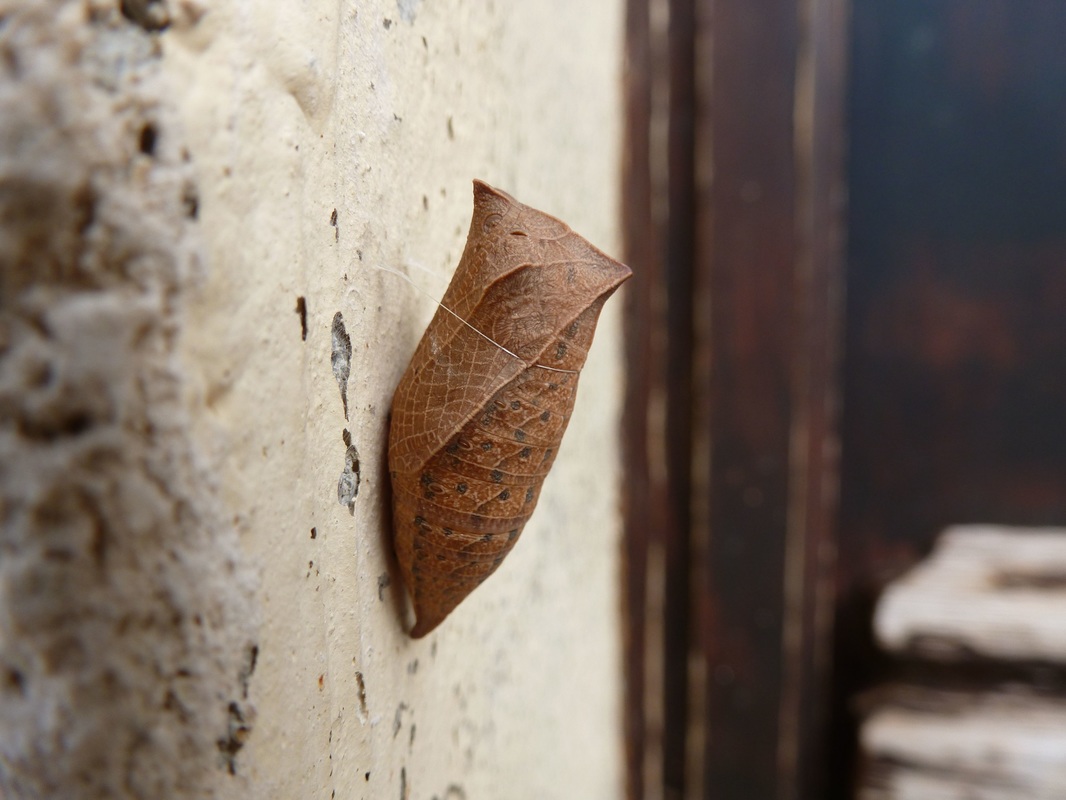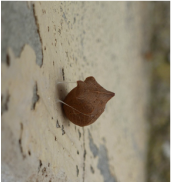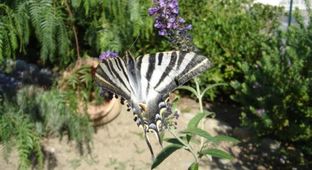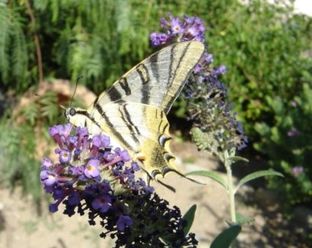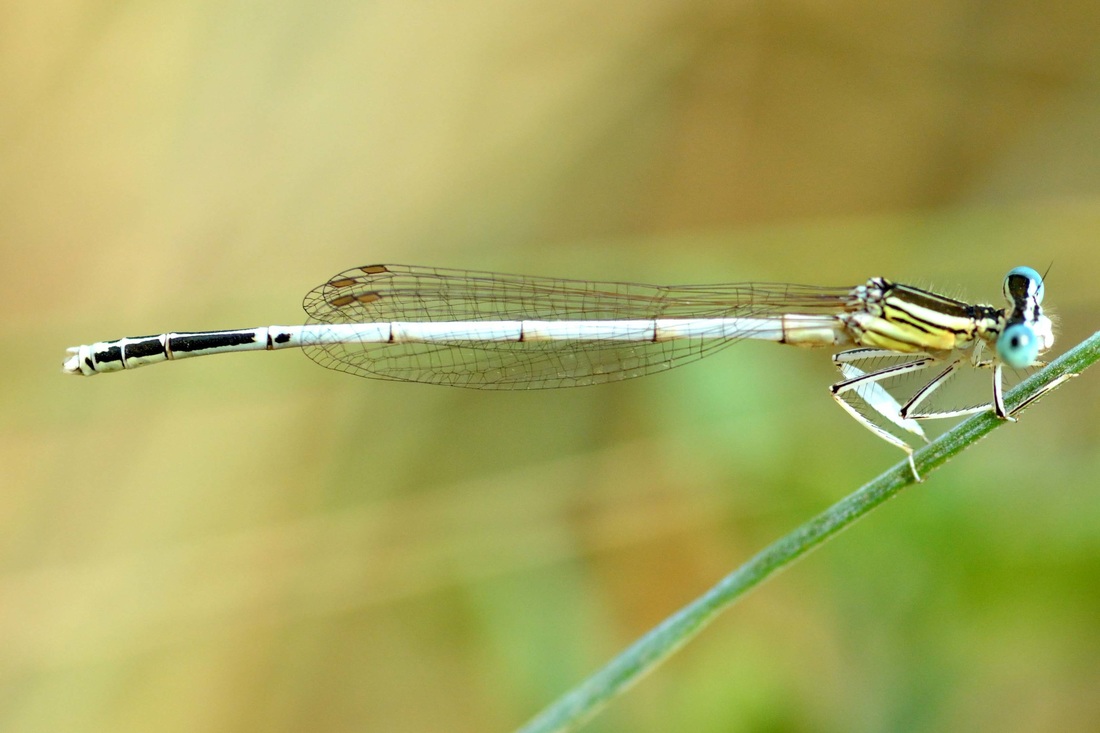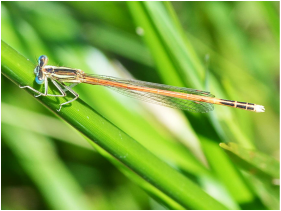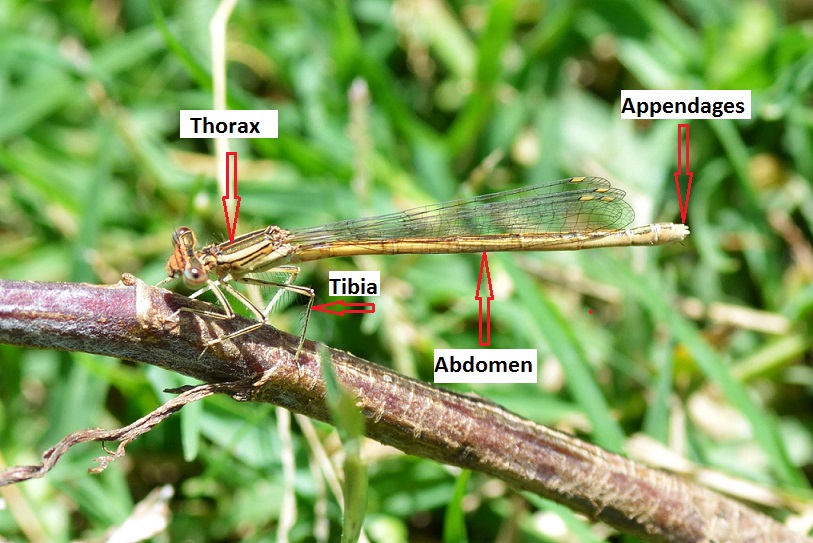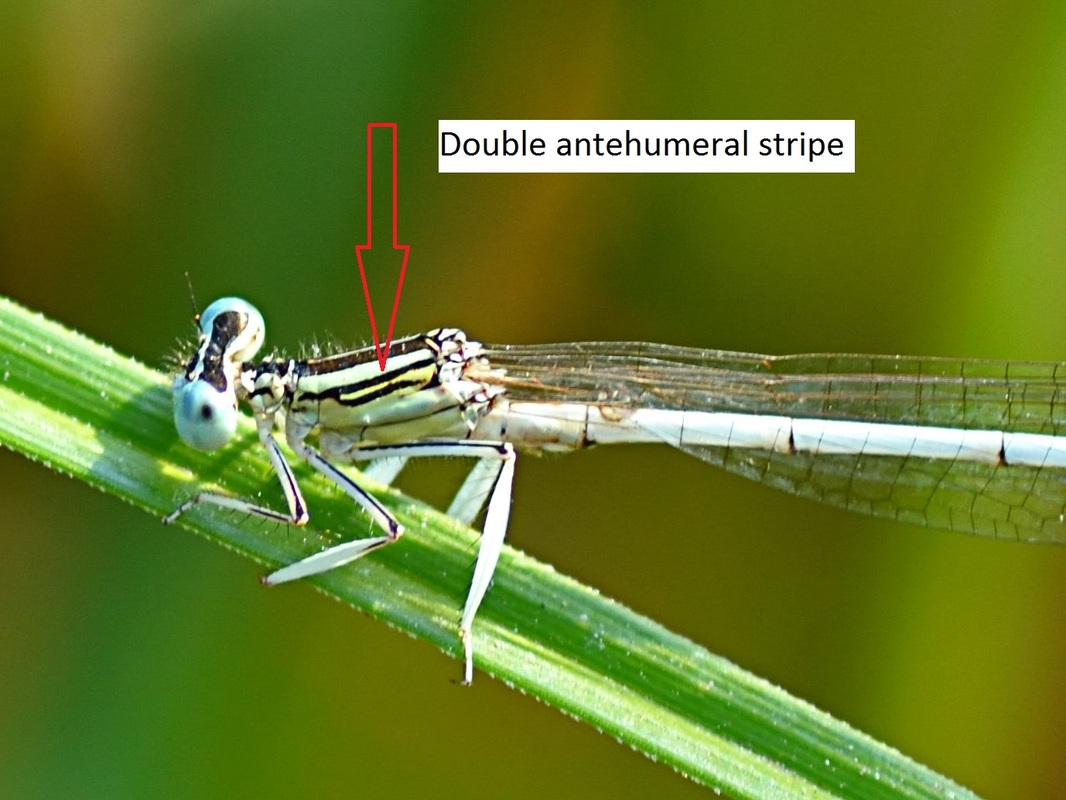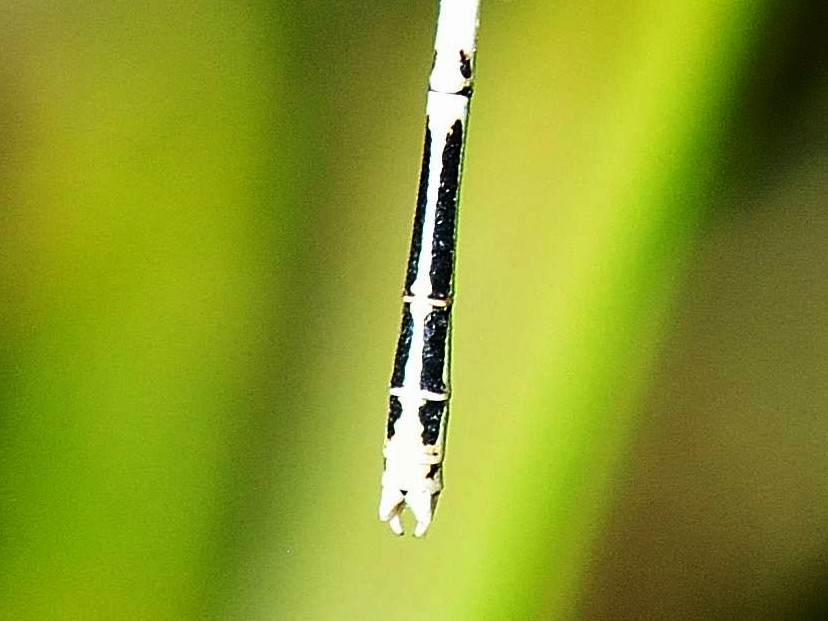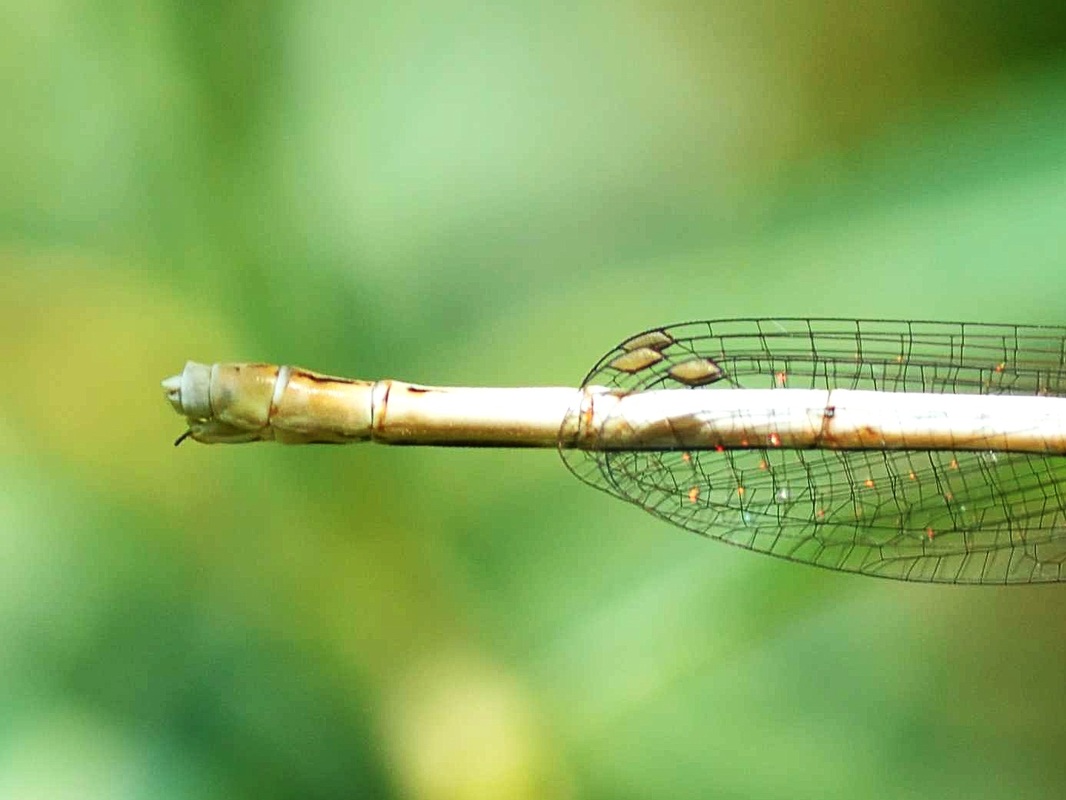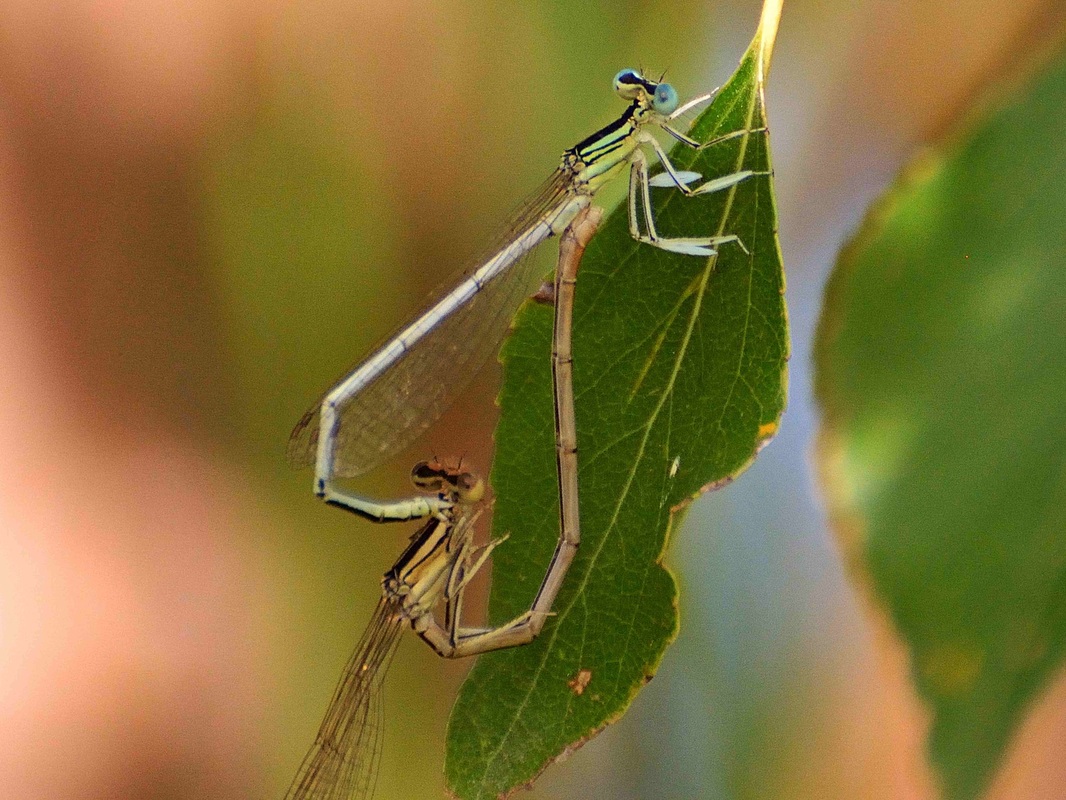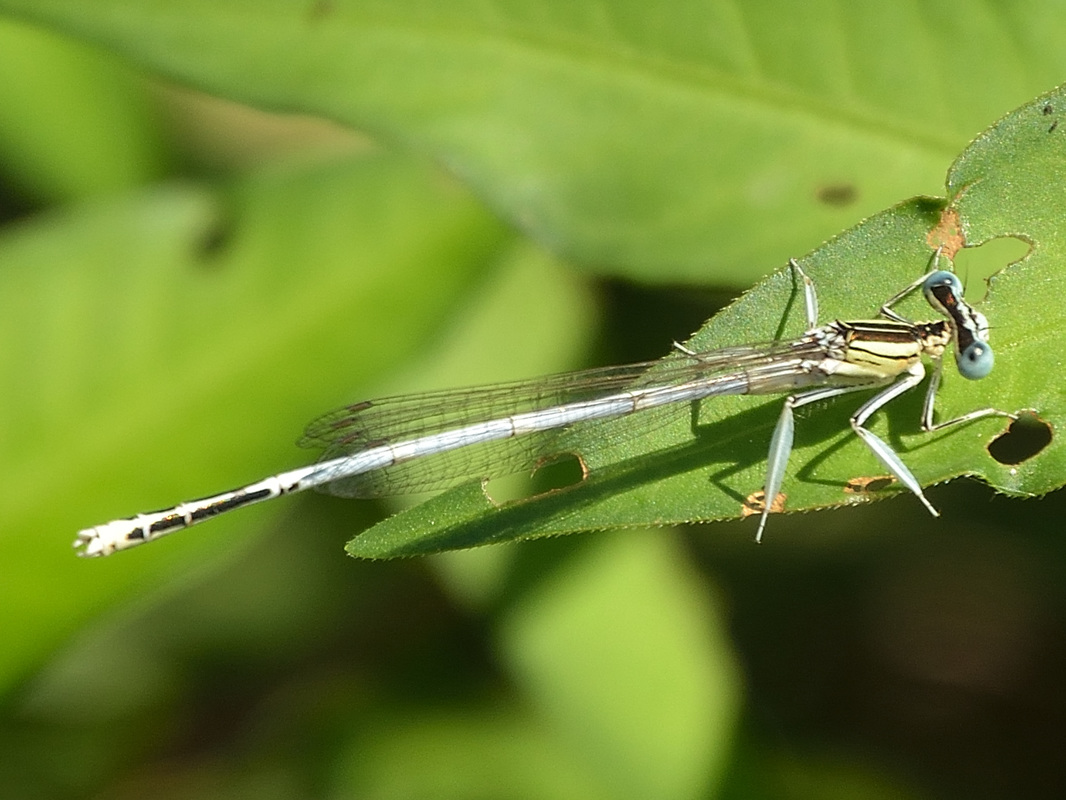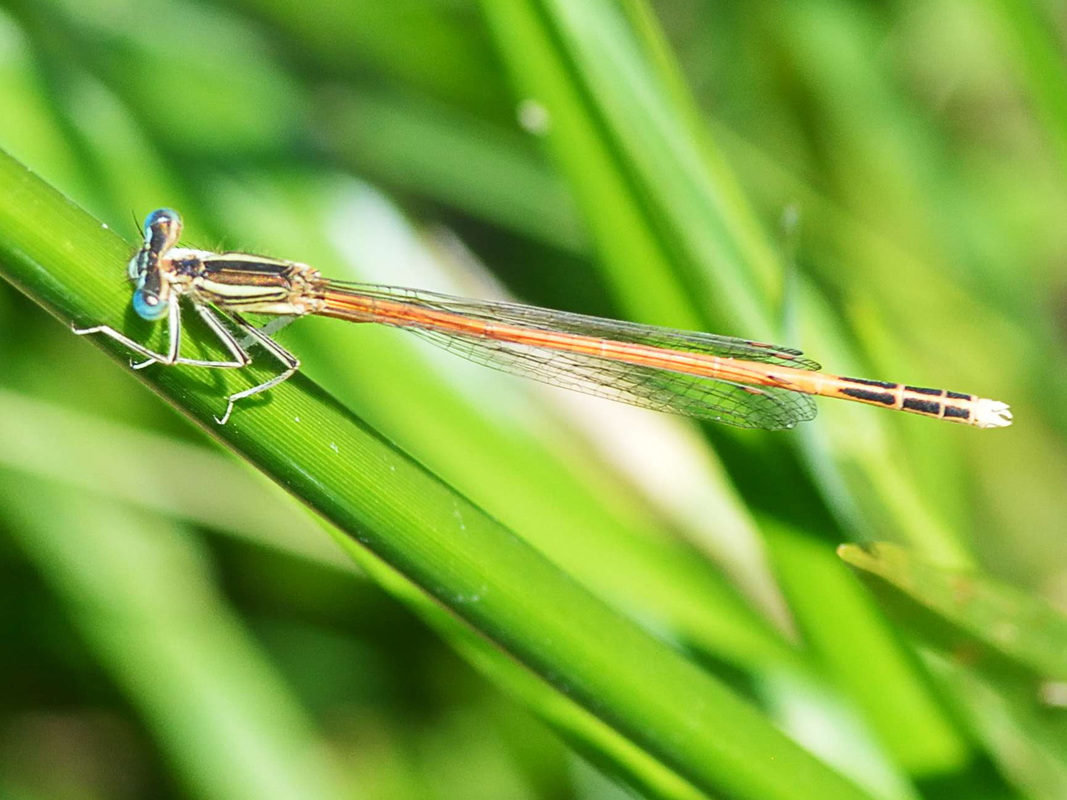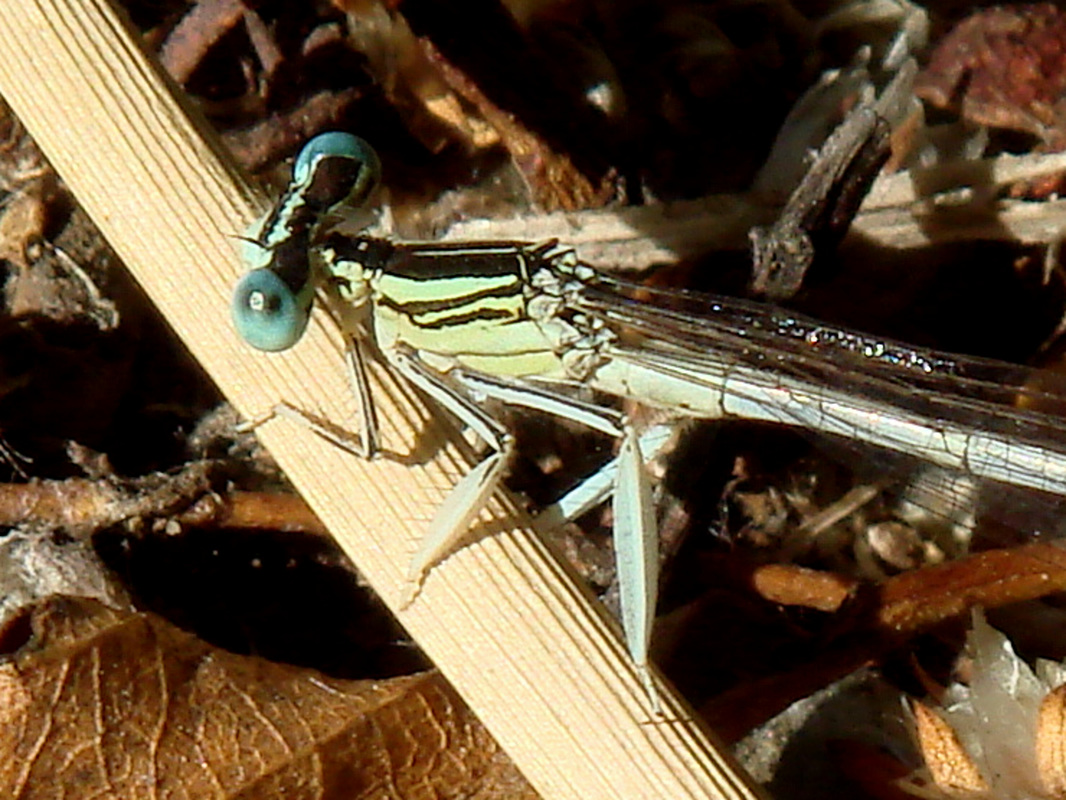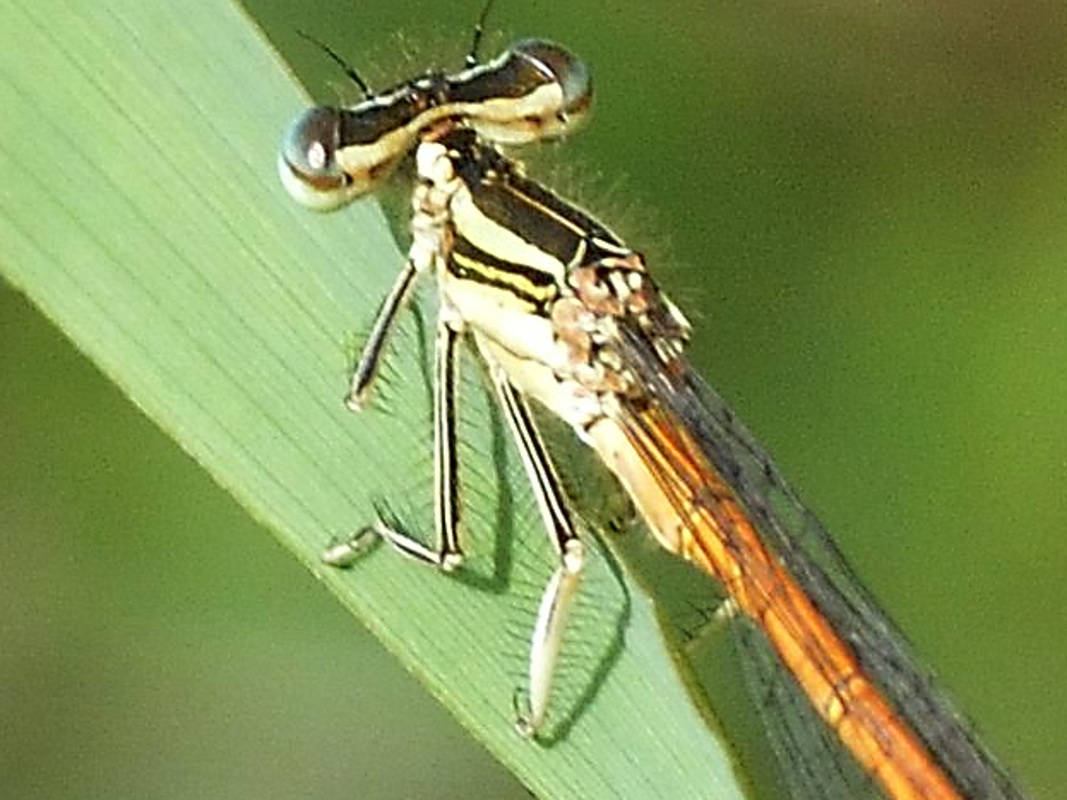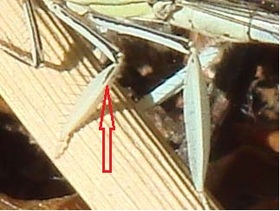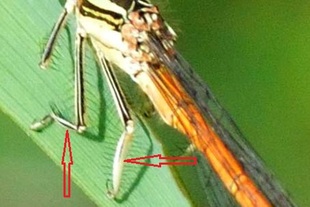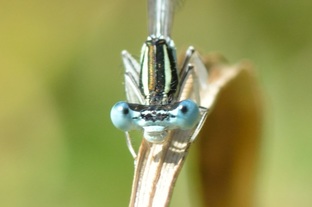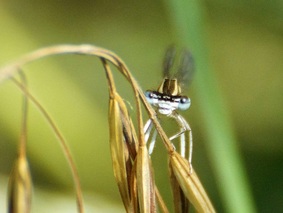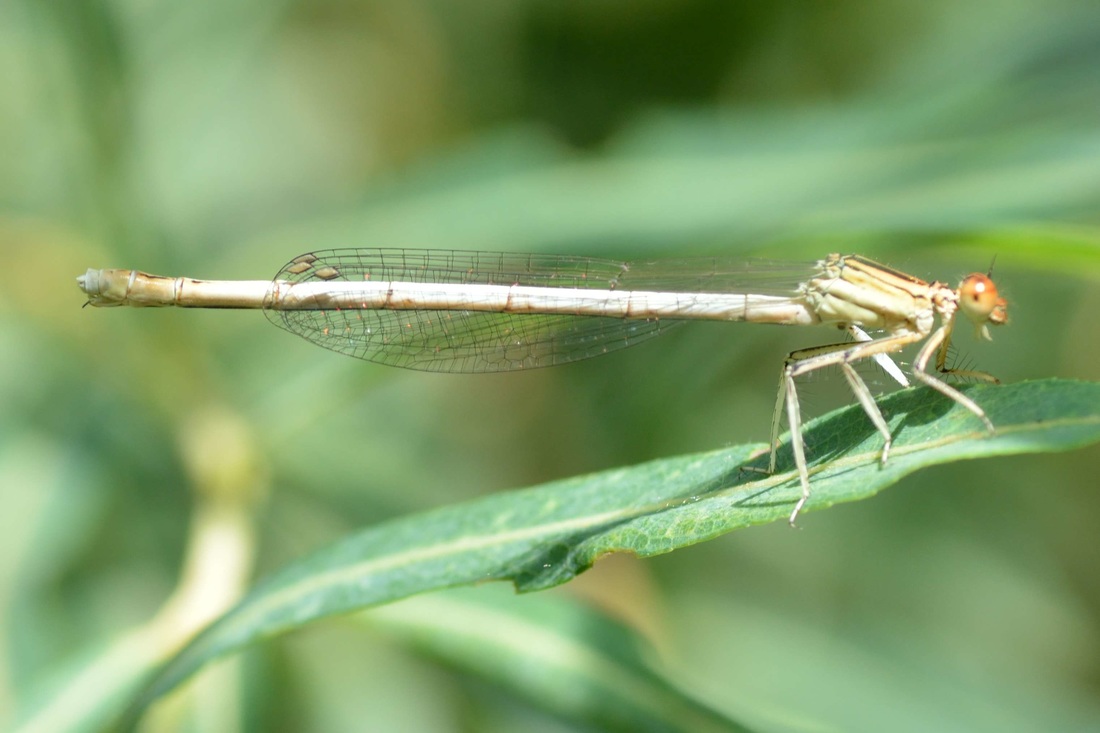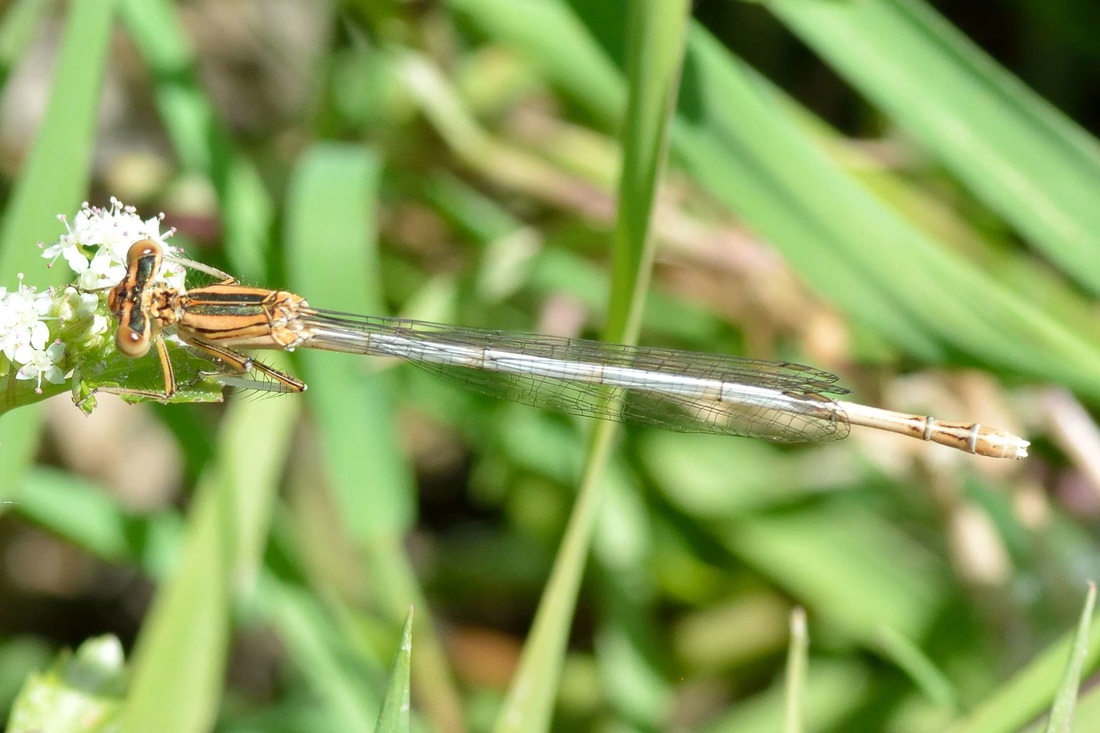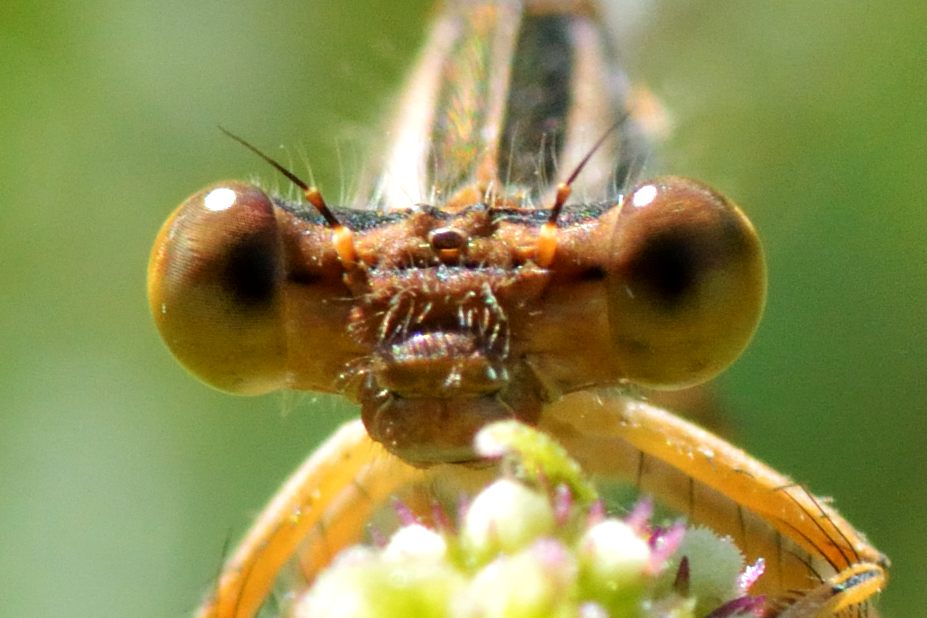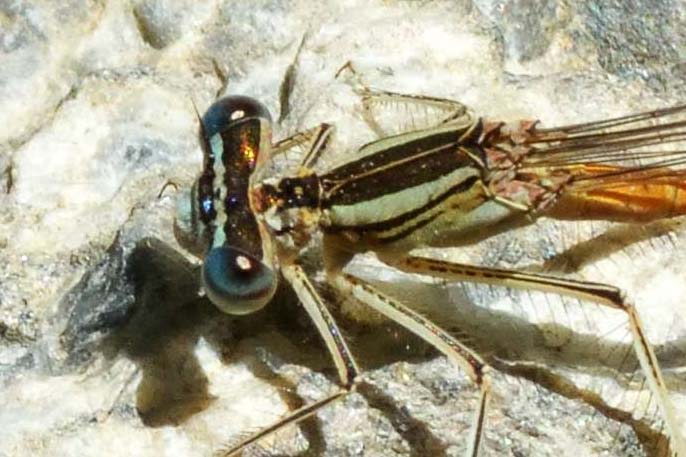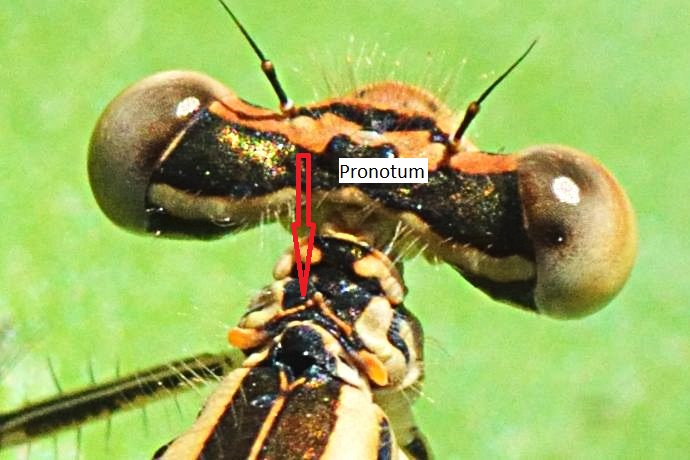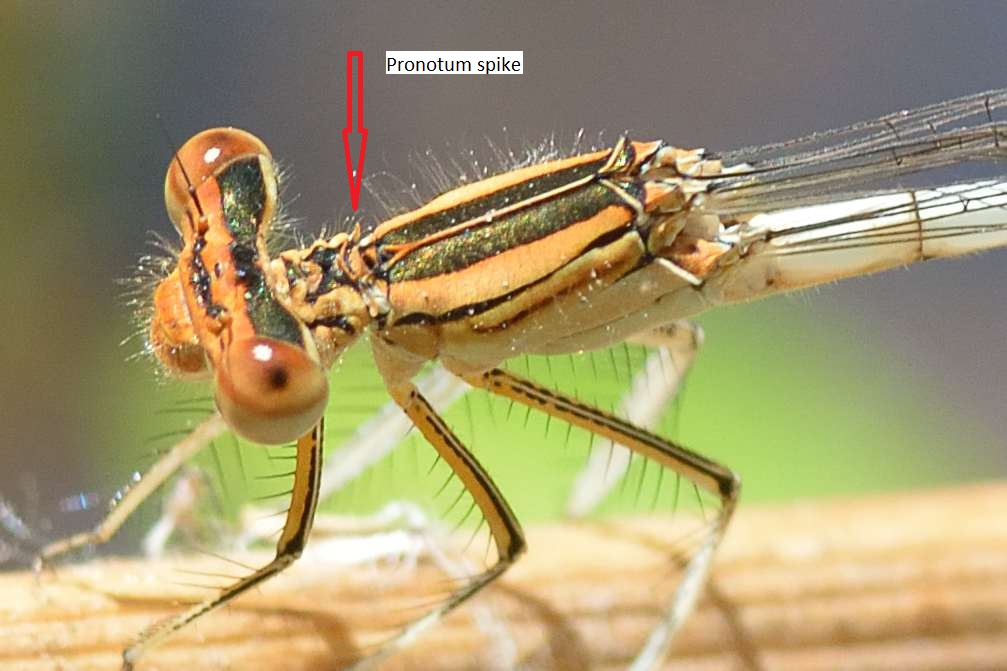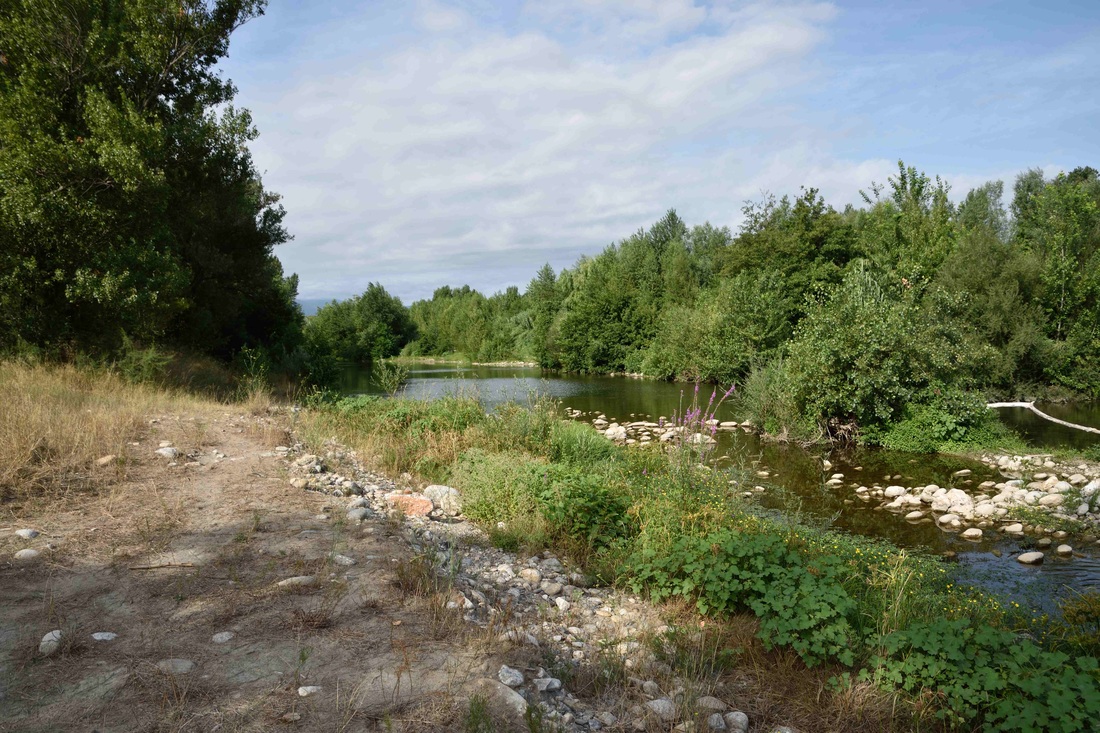As a swathe of eastern USA is buried under massive amounts of snow, temperatures continue to remain mild in much of Europe, including here. El Nino is having quite an effect this winter.
Back in mid December the mimosas were beginning to show yellow, and bougainvilleas were still developing new flowers. This month gorse is in full bloom in hedgerows and hills - and attracting plenty of bees. New leaves have appeared on my olive and lemon tree, and are on the verge of opening on my red robin hedge. Lots of spring-flowering plants are already out - even geraniums left from last summer! - and gardens are looking positively colourful.
Birds are tuning up and I've seen a pair of collared doves mating already. There are some butterflies about too - red admiral in particular, and I've seen one clouded yellow - prematurely out of hibernation.
With midday temperatures sometimes around 20ºC, and few significant frosts, none of this is surprising. If we don't get a cold snap in February to slow everything down again it will be interesting to see what the knock-on effect of all this is later in the year.
But not everything is early. My camelia has started flowering bang on time this month, and my almond tree, which usually flowers later than most (in February) looks like being on schedule too.
I wonder how creatures such as metamorphosing caterpillars fare. Can the process speed up or slow down according to the weather?
I'm especially interested, having discovered this pupa attached to the wall by our garage.
It's quite big, and those horn-like protrusions look interesting, so I've done some internet research to see what it might turn into. And the answer is this:
